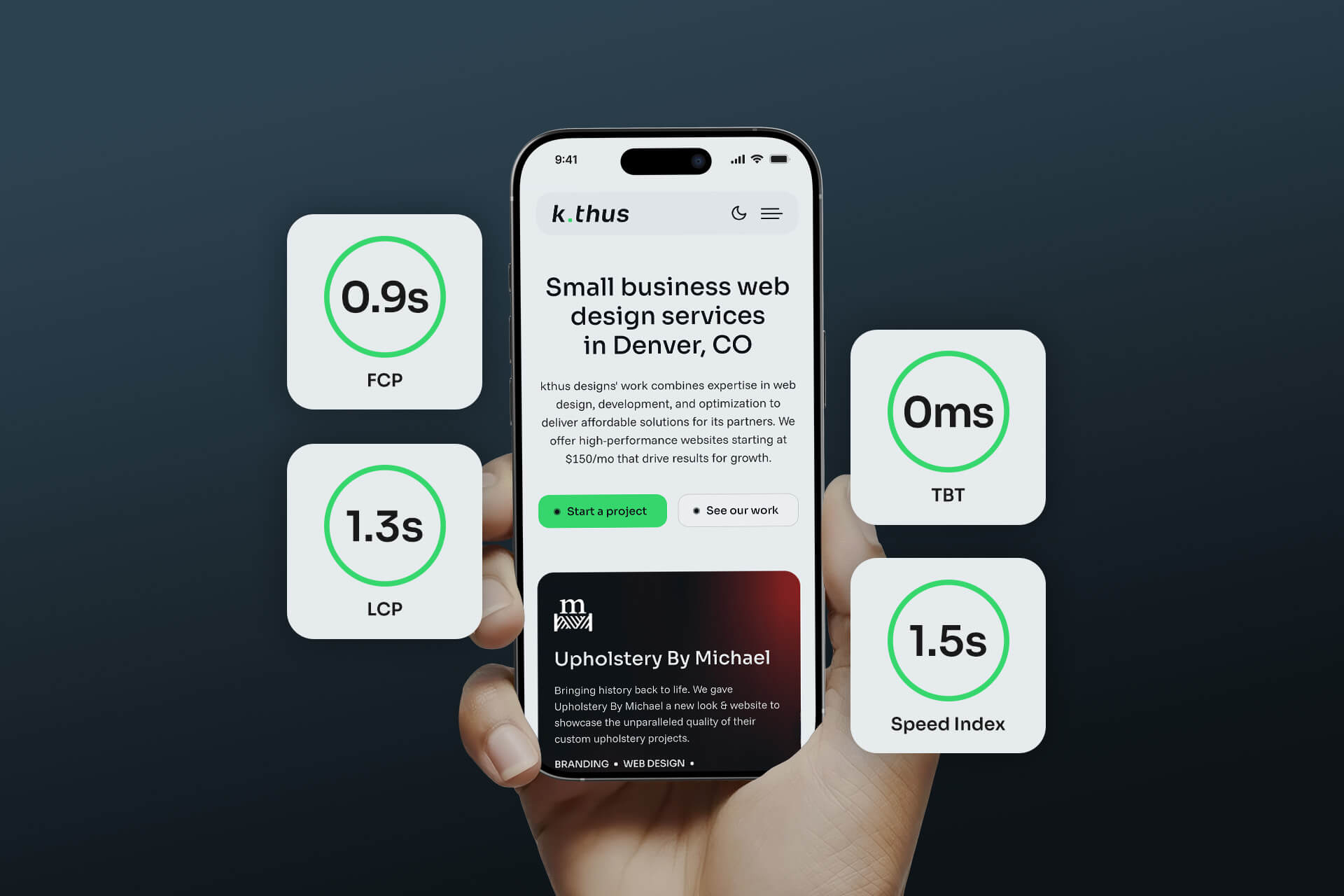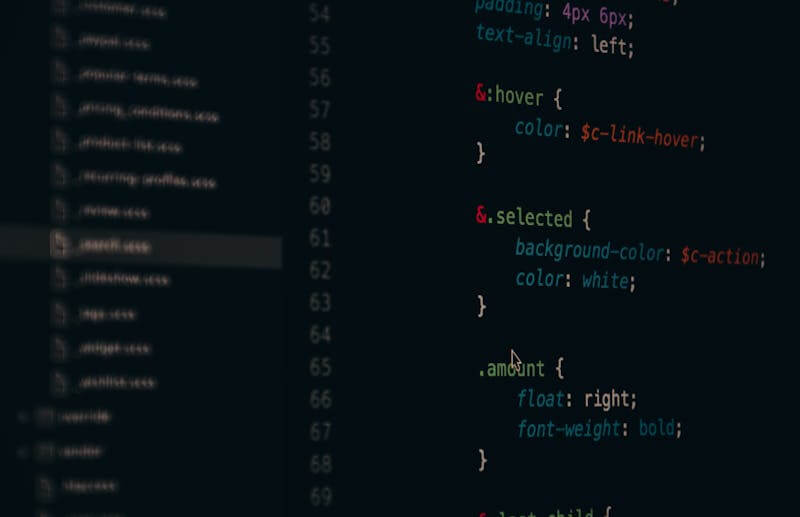
The need for speed: why your website's performance matters
In today's fast-paced digital world, patience is a rare commodity. Users expect websites to load instantly, and search engines like Google are increasingly prioritizing speed as a ranking factor. If your website feels sluggish, you're not just testing your visitors' patience—you're potentially harming your business's bottom line.
Think of your website as your digital storefront. Just as customers might walk away from a physical store with slow service, online visitors will abandon a website that takes too long to load. According to Google, as page load time increases from one to three seconds, the probability of a visitor bouncing increases by 32%. That's a significant number of potential customers lost simply because they couldn't access your content quickly enough.
What is a good website load time?
Industry standards suggest that an ideal website should load within 2 seconds or less. Google aims for under half a second for their own pages. However, the average website load time across the internet hovers around 8.66 seconds on desktop and 27.3 seconds on mobile—far from optimal.
Consider this: 47% of consumers expect a web page to load in 2 seconds or less, and 40% will abandon a website that takes more than 3 seconds to load. Each additional second of load time decreases customer satisfaction by 16% and conversion rates by 7%.
Here's a breakdown of how load times impact user experience:
0-2 second load time
- User reaction: positive perception of site speed
- Business impact: Optimal engagement and conversion rates
2-3 second load time
- User reaction: speed is acceptable but noticeable
- Business impact: minimal impact on conversions
3-5 second load time
- User reaction: frustration begins
- Business impact: significant increase in bounce rates
5+ second load time
- User reaction: high frustration
- Business impact: dramatic loss in potential customers

How do I check the load time of a website?
Before you can improve your website's speed, you need to understand how it's currently performing. Fortunately, there are several reliable tools available to help you assess your site's load time accurately.
Google PageSpeed Insights: your go-to performance analyzer
Google PageSpeed Insights remains the gold standard for website speed testing. This powerful tool not only measures your site's load time but also provides a comprehensive analysis of various performance metrics, including:
- Largest Contentful Paint (LCP): How long it takes for the largest element within the viewport to load. A low LCP indicates that you are serving users meaningful content faster. Aim for less than 2.5 seconds.
- First Input Delay (FID) / Interaction to Next Paint (INP): How quickly a user is able to begin interacting with your website. No one likes tapping or clicking on elements met with no response. Aim for less than 100ms.
- Cumulative Layout Shift (CLS): Is your website visually stable as it's loading? A high CLS causes elements to shift, harming user experience especially in cases where users wish to interact with your site immediately. Aim for less than 0.1 seconds.
These metrics, collectively known as Core Web Vitals, offer a holistic view of your website's performance from the user's perspective. PageSpeed Insights scores your site on a scale of 0-100 for both mobile and desktop versions, making it easy to identify areas that need improvement.

Other reliable speed testing tools
While PageSpeed Insights provides comprehensive data, using multiple tools can give you a more complete picture:
- GTmetrix: Offers detailed reports on load time, page size, and the number of requests.
- WebPageTest: Allows you to test from multiple locations worldwide and provides filmstrip and video analysis of page loading.
- Pingdom: Features a user-friendly interface with historical data tracking capabilities.
- Lighthouse (built into Chrome DevTools): Provides audits for performance, accessibility, progressive web apps, and more.
The SEO Connection: How Website Speed Impacts Search Rankings
Since 2010, Google has explicitly included site speed as a ranking factor for desktop searches, and in 2018, they extended this to mobile searches with the "Speed Update." The introduction of Core Web Vitals in 2020 further cemented the importance of performance metrics in Google's ranking algorithm.
The relationship between website speed and SEO is multifaceted:
- Crawl Efficiency: Search engine bots have limited time to crawl websites. A faster site allows Googlebot to crawl more pages in the allocated time.
- Reduced Bounce Rates: Fast-loading websites tend to have lower bounce rates, signaling to Google that users find your content valuable.
- Mobile-First Indexing: With Google's shift to mobile-first indexing, the speed of your mobile site has become even more crucial for SEO success.
- Core Web Vitals: These metrics directly impact your search rankings, giving optimized websites a competitive edge.
Beyond SEO: the business case for website optimization
The impact of website speed extends far beyond search rankings:
Enhanced User Experience Drives Engagement
User experience is the cornerstone of digital success. A fast, responsive website creates a positive first impression, encouraging visitors to explore your content further. Studies show that 79% of shoppers who are dissatisfied with site performance are less likely to purchase from the same site again.
Conversion Rate Optimization
Research indicates that a one-second delay in page response can result in a 7% reduction in conversions. For an e-commerce site making $100,000 per day, that's a potential loss of $2.5 million annually.
Competitive Advantage
In industries where multiple businesses offer similar products or services, website performance can be a key differentiator. A faster site can capture and retain customer attention in a crowded marketplace.

Essential Strategies to Boost Your Website Performance
Optimize Your Images
Images often account for the largest portion of a webpage's size:
- Compress images without sacrificing quality using tools like TinyPNG or Squoosh
- Choose the right format (JPEG for photographs, PNG for images with transparency, WebP for both)
- Implement lazy loading to delay loading off-screen images
- Use responsive images that adjust based on device screen size
Leverage Browser Caching
Browser caching stores website resources locally on a visitor's device:
- Set appropriate expiry dates for different types of content
- Use ETags to validate cached components
- Implement a content delivery network (CDN) to cache content closer to users
Minimize HTTP Requests
Each element on your webpage requires an HTTP request:
- Combine multiple CSS files into one
- Merge similar JavaScript files
- Use CSS sprites for multiple images
- Eliminate unnecessary elements and plugins
Enable Compression
Compressing your website files can reduce their size by up to 70%:
- Implement GZIP compression on your server
- Minify CSS, JavaScript, and HTML files
- Remove unnecessary code comments and formatting
Optimize Your Code
Clean, efficient code forms the foundation of a fast website:
- Minimize the use of heavy JavaScript libraries
- Remove unused CSS
- Prioritize critical rendering path resources

Balancing Speed and Functionality: The Designer's Dilemma
Modern websites frequently incorporate high-resolution images, videos, interactive elements, and third-party integrations—all of which can impact load times. This doesn't mean you must sacrifice visual appeal for speed.
Prioritize Critical Content
Implement progressive loading techniques that prioritize above-the-fold content, ensuring users see essential information quickly while less critical elements load in the background.
Evaluate Feature Value
Before adding any new feature, assess its value relative to its performance cost. Does this enhancement provide enough value to justify potentially slower load times?
Test Regularly
Establish baseline metrics and performance budgets, then test against these standards whenever you make significant changes to your site.
Conclusion: Speed as a Competitive Advantage
In today's digital landscape, website speed is a critical business asset that can significantly impact your online success. From improved search rankings and enhanced user experience to higher conversion rates and stronger brand perception, the benefits of a fast-loading website extend across every aspect of your digital presence.
The good news is that improving your website's performance doesn't require a complete redesign. By implementing the strategies outlined in this article, you can make meaningful improvements to your site's load time and overall user experience.
Remember that website optimization is an ongoing process rather than a one-time fix. As technologies evolve and user expectations continue to rise, regularly testing and refining your site's performance will ensure you maintain your competitive edge.
Ready to transform your website's speed and performance? Start by running a speed test using Google PageSpeed Insights or another tool mentioned in this article. Identify your biggest opportunities for improvement, then systematically address them.
Is your website performing at its best?
At kthus designs, we design and build the websites with performance at top of mind. Instead of using slow page builders, we custom code everything to ensure optimal speeds for your website. (Heard this one before? Here's our proof to you.)
We offer all-inclusive, low-cost plans to get you a new website that is measurably better than even what web agencies serve. Start a project with kthus designs today for growth of your business.